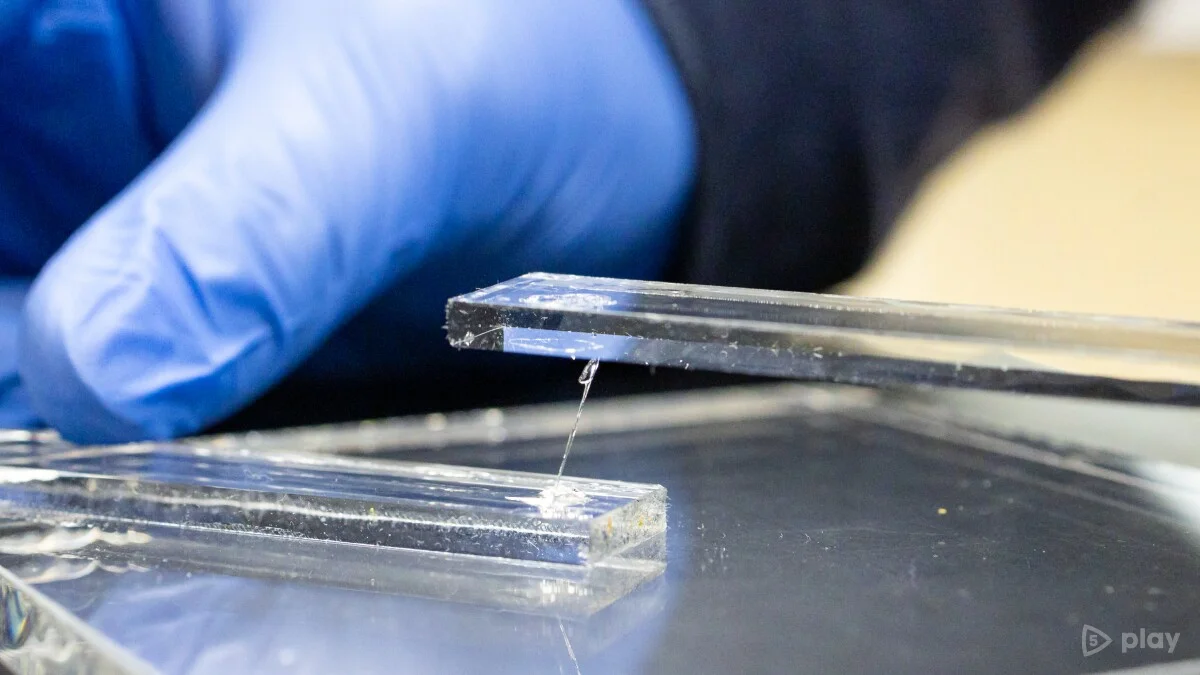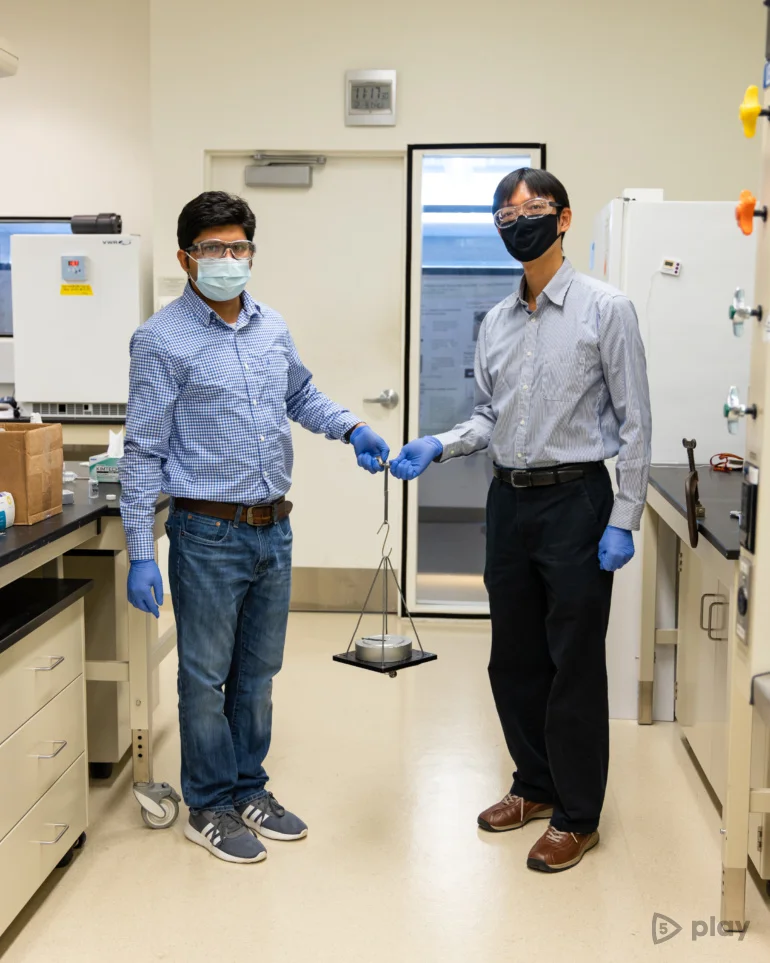Scientists from the USA have developed the strongest adhesive in the world

Employees of the Oak Ridge National Laboratory of the United States Department of Energy have developed a unique adhesive based on ordinary plastic.
To obtain the substance, the researchers had to carefully study the structure of household plastic. The output was a composition, 1 square centimeter of which can hold 136 kg.
To obtain the adhesive, the researchers took a polystyrene-b-poly(ethylene-co-butylene)-b-polystyrene (SEBS) rubber polymer modified through dynamic crosslinking. This makes it possible to join incompatible materials. In the process of creation, microscopic particles of silica and organic borates were introduced into the polymer. The creators called the resulting material SINP. The properties of the glue are largely explained by the nature of boronic acids, which are able to reproduce and destroy “cross-linked bonds” again and again. The results of the study were published in Sci Advance.

The composition can be recycled. Also, the glue does not lose its qualities at temperatures up to 204 degrees Celsius. In the future, the material can be used in such industries as construction, mechanical engineering, and aerospace.
To obtain the substance, the researchers had to carefully study the structure of household plastic. The output was a composition, 1 square centimeter of which can hold 136 kg.
To obtain the adhesive, the researchers took a polystyrene-b-poly(ethylene-co-butylene)-b-polystyrene (SEBS) rubber polymer modified through dynamic crosslinking. This makes it possible to join incompatible materials. In the process of creation, microscopic particles of silica and organic borates were introduced into the polymer. The creators called the resulting material SINP. The properties of the glue are largely explained by the nature of boronic acids, which are able to reproduce and destroy “cross-linked bonds” again and again. The results of the study were published in Sci Advance.

The composition can be recycled. Also, the glue does not lose its qualities at temperatures up to 204 degrees Celsius. In the future, the material can be used in such industries as construction, mechanical engineering, and aerospace.





There are no comments yet :(